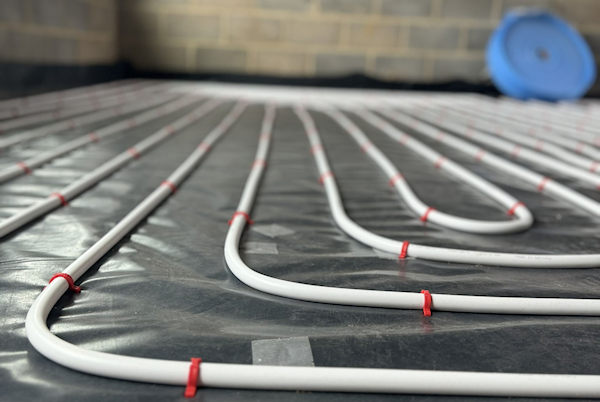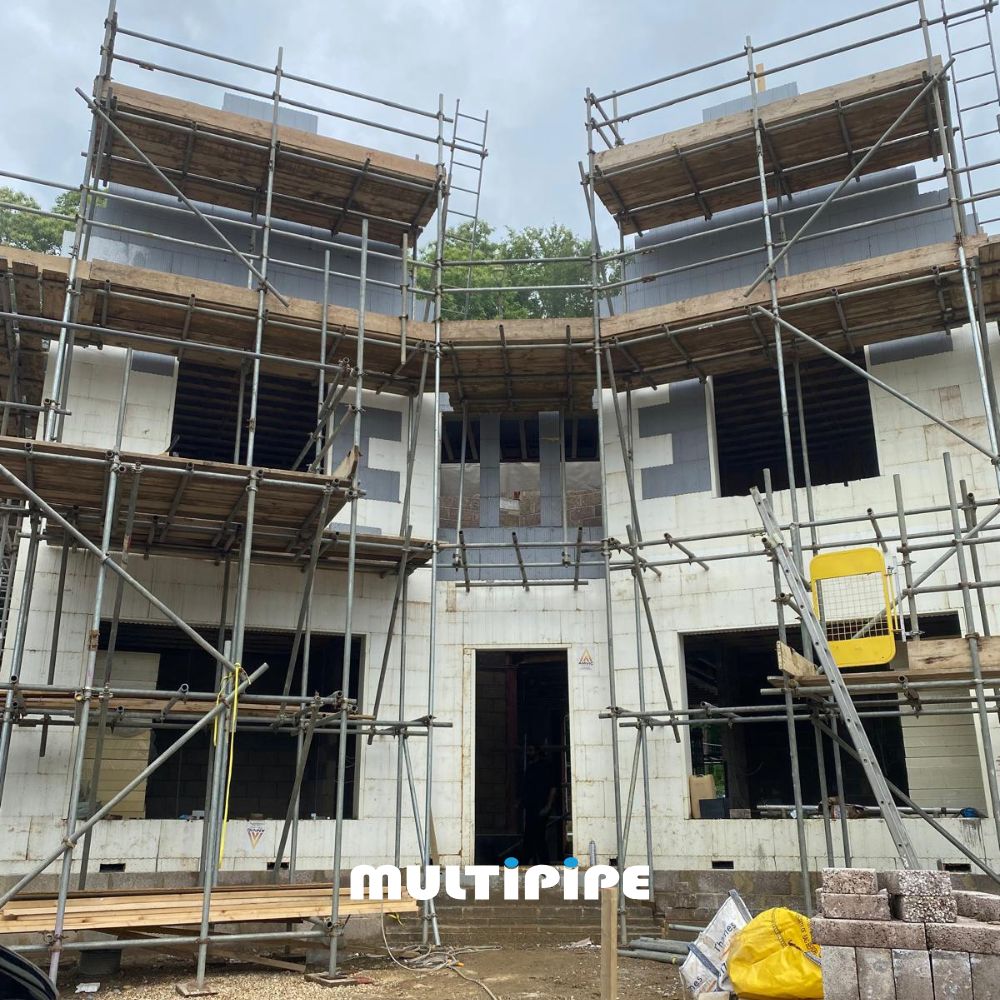
Can Underfloor Heating Save On Your Energy Bills?
One consequence of the coronavirus pandemic is that an increased number of people have been working from home. Working from home has proved a popular lifestyle choice and therefore the trend is projected to continue for the foreseeable future. The number of people working from home expected to be higher than pre-pandemic levels even after the threat of the disease has abated. Working from home inevitably uses more energy, particularly in colder weather when the house will require heating for most of the day.
Across the duration of the pandemic, there has been a 14% increase in daytime heating, and this is where underfloor heating can help reduce your energy bills. Underfloor heating works by distributing hot water via a network of pipes or by using electrical elements, which gently warm the floor from below. The heat is monitored and controlled by thermostats to maintain consistent temperature throughout the home or individual zones.
Advantages of underfloor heating
Multi-room control
One advantage of underfloor heating is that you can heat different zones. When working from home, you will likely only want to heat the room you are working in, as this will be the cheaper option. As underfloor heating offers individual thermostats for each room, you can heat the room or rooms of your choice. Underfloor heating also provides greater comfort. With radiators, you may experience uncomfortable levels of heat when the air becomes too dry. Underfloor heating helps to preserve the moisture in the air, providing a more comfortable atmosphere.
Find our range of smart thermostats here.
Space-saving
An underfloor heating system also means that you can dispense with ugly radiators, which limit where you can put things in a room, increasing space and allowing additional capacity for shelving or wall decoration. Good insulation, such as wall insulation, loft lagging, and double glazing, will also help to retain any heat generated within the home for much longer. This will further reduce energy costs during the winter when the home requires heating for most of the day.
Environmental benefits
Multipipe has a range of UFH systems compatible with heat pumps rather than traditional boilers. Heat pumps are more environmentally friendly than gas boilers because they utilise low-temperature renewable heat sources, which are more energy-efficient and cost-effective.
However, you don’t need a heat pump to have a positive impact on your energy consumption, and therefore the environment. As UFH can run at lower water temperatures than traditional radiator systems, better thermal efficiency is provided.
More comfortable heat
Radiators heat the room by convection, so the hot air rises to the ceiling, goes across the room and then falls at the opposite wall. This type of air movement can feel uncomfortable to the occupants. On the other hand, underfloor heating heats from the floor upwards, meaning the occupants benefit from warmer feet and cooler heads. Air quality is also improved because there are no fast-moving air currents.
Other advantages to underfloor heating include that the heat is distributed evenly around rooms, unlike a radiator where heat radiates from a single wall. As well as saving space, underfloor heating systems are also hidden, creating a nicer aesthetic by avoiding the spectacle of a bulky radiator on the wall.
Types of underfloor heating system
There are two ways in which an underfloor heating system can be powered. These are termed wet (or water-based) systems and dry systems. The energy for a dry system is provided by electricity. A wet system connects to your central heating system via a network of pipes that provide hot water via the boiler. However, heat pumps are more effective as a heat source and work better with underfloor heating, providing greater energy efficiency and reducing energy bills when compared with using a radiator.
In terms of costs, a dry system will usually be cheaper to install. For example, roll-out mats start at approximately £170 for 10 square metres. You will also have to add in other costs for materials such as insulation, screed, and heating controls. The installation cost of a water-based system will vary depending on the proximity to the boiler and the floor type. However, a wet system is usually the cheaper option when it comes to running costs. This is because a dry system can be up to four times more expensive to run, mainly because gas is much cheaper than electricity per unit.
Materials
Floor covering such as tiles is the most suitable for underfloor heating as a natural conductor of heat. This means the floor will warm up faster and will hold heat for longer. Regardless, underfloor heating can be installed under almost any type of flooring, including carpet. If used under carpet, the kind of carpet should not be overly thick as this will insulate the room from the heat. As a result, the UFH takes much longer to heat and affects energy efficiency. Concrete and engineered floors should also be thin for maximum advantage. Wooden floors will require a bit of research regarding the type of wood you want to use. The heating and cooling causes different types of wood to expand and contract at different rates.
Installation
Both types of underfloor heating system involve pulling up the old floor to lay pipes or mat. The pipes are then covered in a layer of screed that helps with insulation and causes the heat to be felt more quickly. Once the installation has been completed, the screed is allowed to dry before the system is turned on; otherwise, cracks may occur. Once the top layer of flooring is in place, there will be very little aftercare required.
When working from home, underfloor heating can help reduce your energy bills by saving energy. Both electric and wet systems are cheaper to run compared with the costs of other heating systems. At a time when an increased number of employees are working from home, more people than ever are attempting to reduce their energy bills. If the trend continues, the growth in popularity for energy-saving heating systems such as underfloor heating will continue to rise, unlike your bills.
Looking for videos to help with underfloor heating installation? Head to our YouTube channel.











